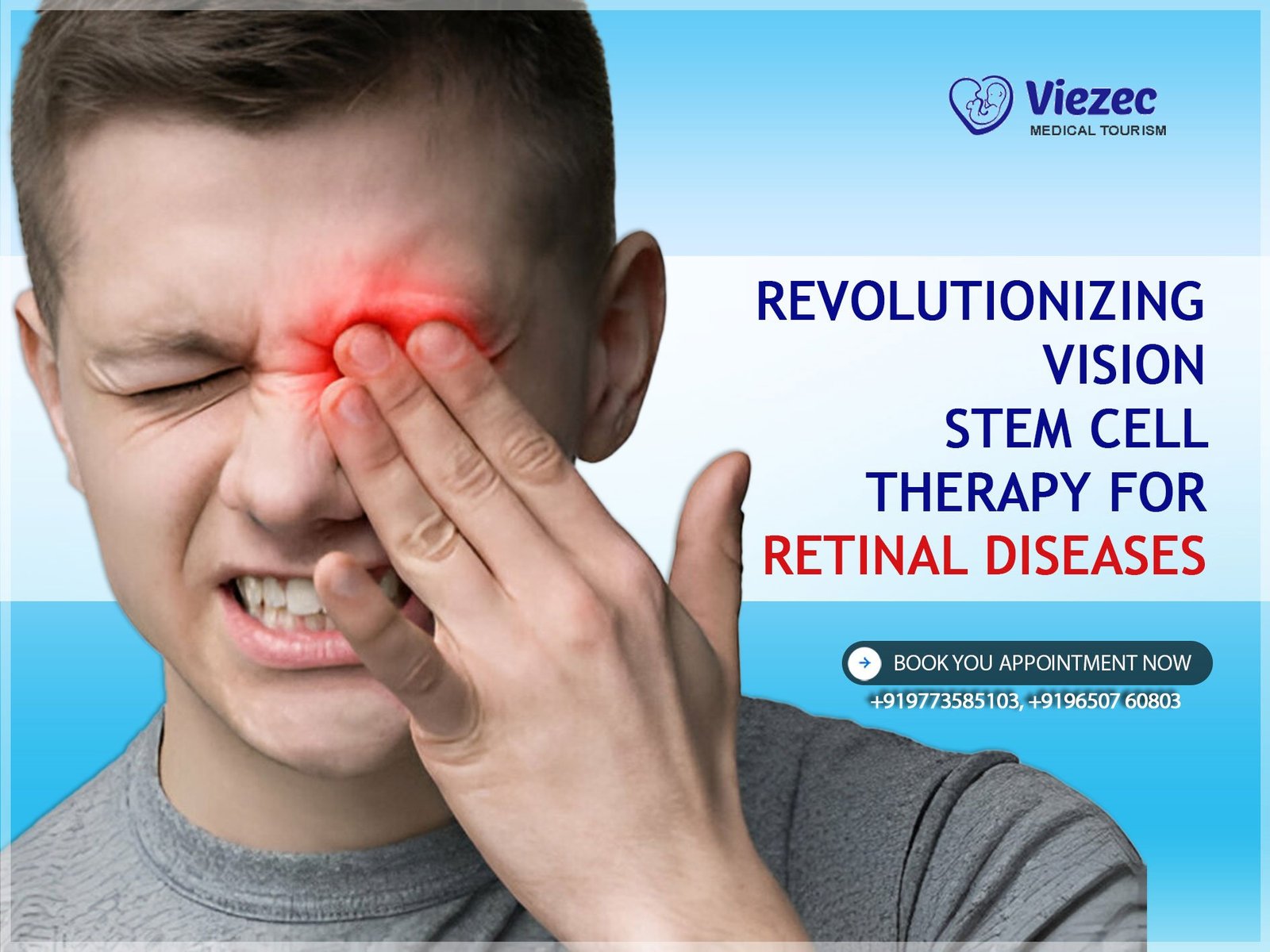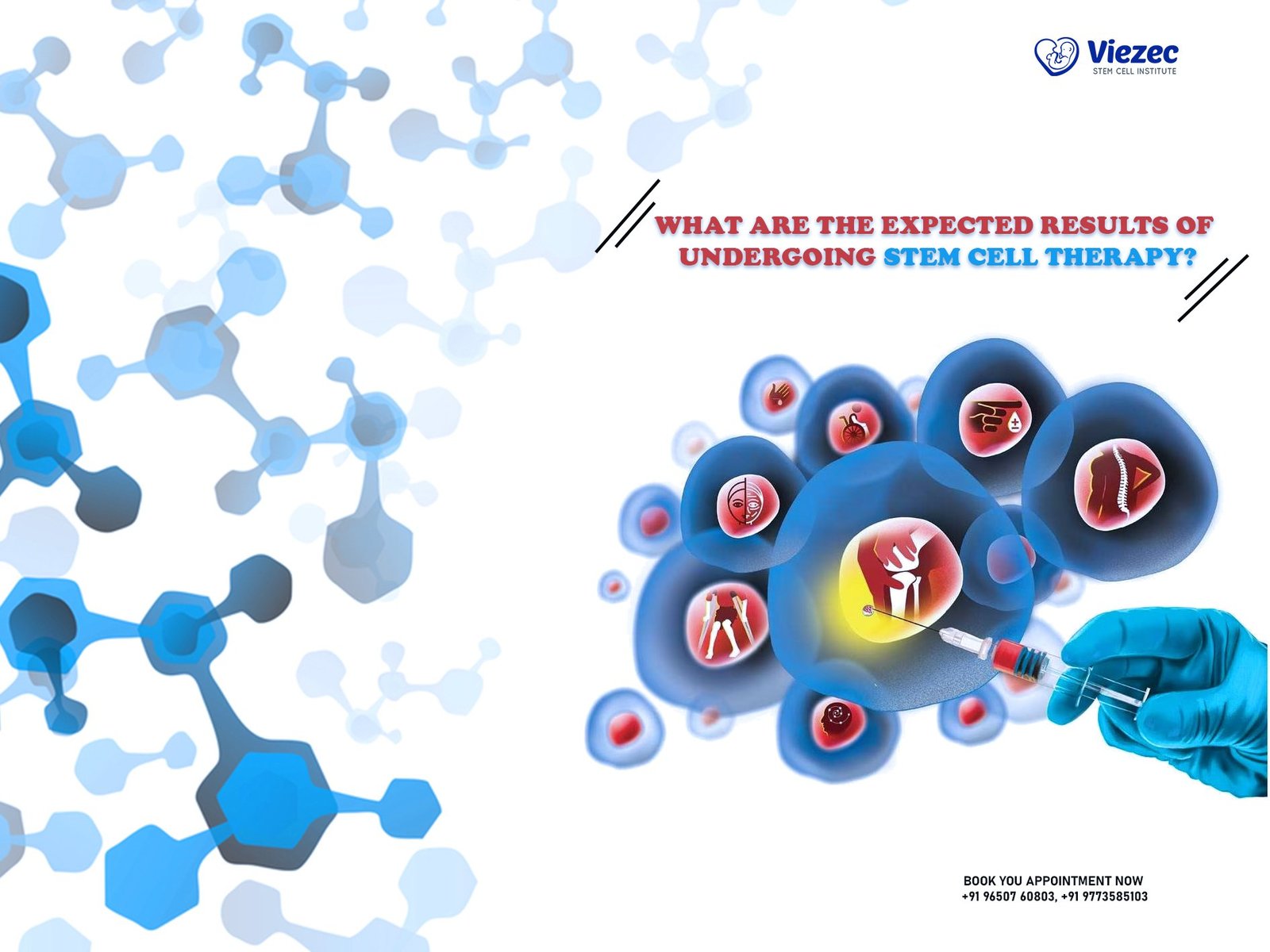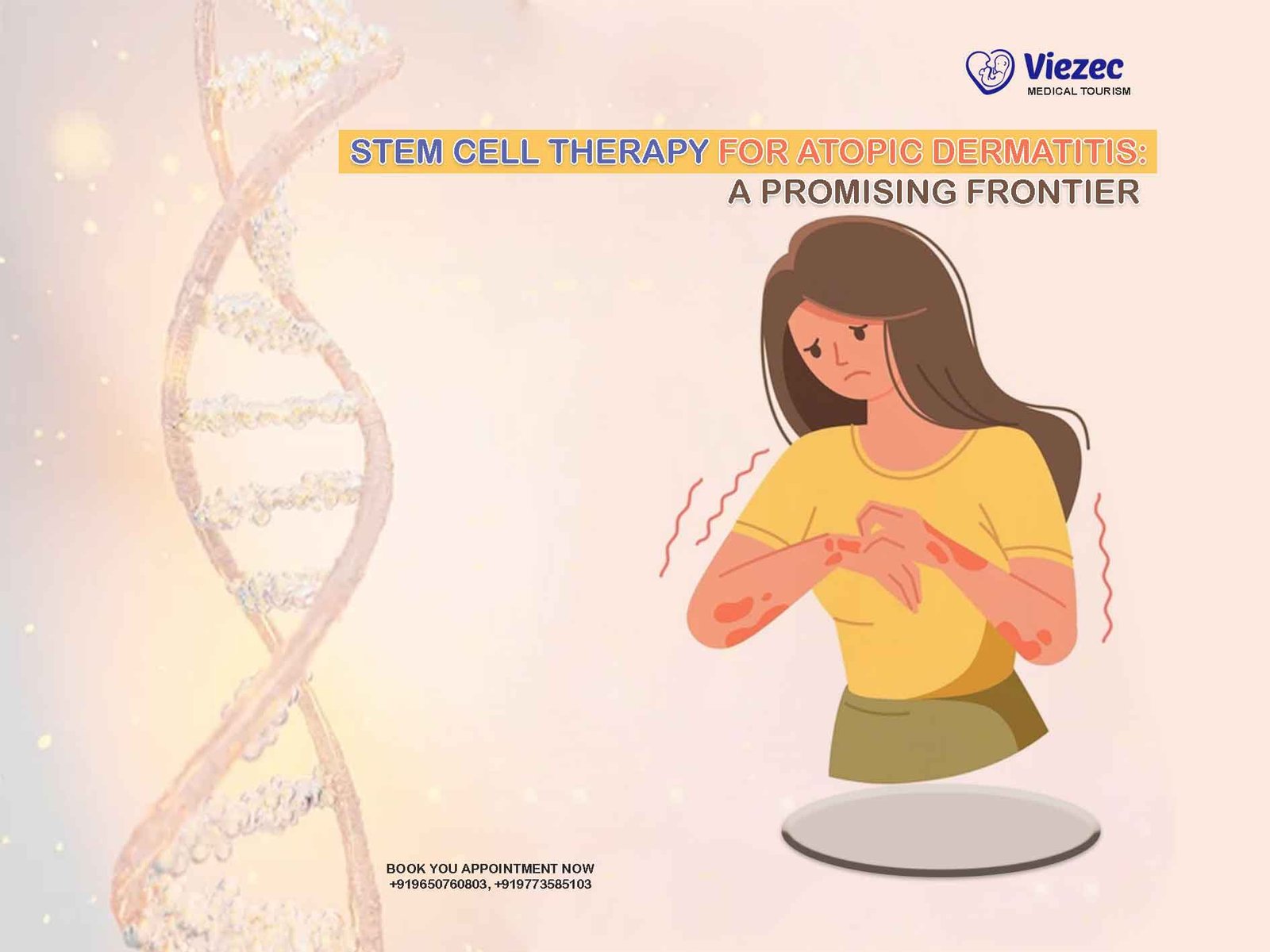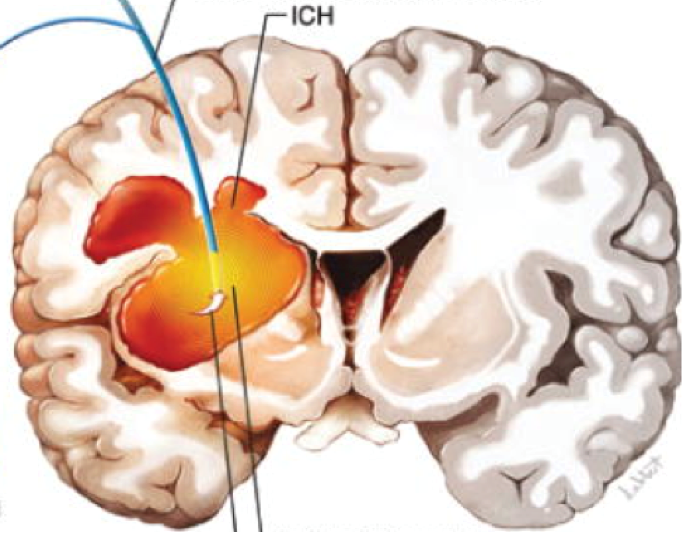The retina, a delicate layer of tissue lining the back of the eye, plays a critical role in vision by converting light into neural signals interpreted by the brain. However, a myriad of disorders can compromise its function, leading to visual impairment or even blindness. These retinal diseases encompass a spectrum of conditions, including age-related macular degeneration (AMD), retinitis pigmentosa (RP), diabetic retinopathy (DR), and glaucoma-associated optic neuropathy (GAON).
Understanding the Complexity of Retinal Disorders
Retinal disorders are multifaceted in their etiology and manifestation, involving genetic predispositions, environmental factors, and aging processes. While some conditions, like AMD, primarily affect the macula—the central portion of the retina—others, such as RP, entail progressive degeneration of peripheral photoreceptors. This heterogeneity poses significant challenges for diagnosis, prognosis, and treatment optimization.
Current Treatment Limitations and Challenges
Traditional therapeutic modalities for retinal diseases often focus on symptom management rather than addressing the underlying pathophysiology. For instance, pharmacological agents or laser therapies may mitigate disease progression or alleviate symptoms temporarily. However, these interventions are not curative and may entail adverse effects or limited efficacy over time. Moreover, surgical procedures, such as vitrectomy or retinal detachment repair, carry inherent risks and may not restore lost visual function comprehensively.
Fundamentals of Stem Cell Therapy
Stem cell therapy holds immense promise for revolutionizing the management of retinal diseases by offering the potential for tissue regeneration and functional restoration. Central to this approach is harnessing the regenerative capacity of stem cells to replenish damaged or degenerated retinal cells, including photoreceptors, retinal pigment epithelium (RPE), and ganglion cells.
Stem Cell Biology and Types
Stem cells are characterized by their ability to self-renew and differentiate into specialized cell types, making them invaluable for tissue repair and regeneration. Various stem cell sources have been explored for retinal therapy, including embryonic stem cells (ESCs), induced pluripotent stem cells (iPSCs), and adult stem cells derived from tissues like the bone marrow or adipose tissue.
Mechanisms of Stem Cell Differentiation into Retinal Cells
The differentiation of stem cells into retinal lineages involves intricate molecular signaling pathways and cellular interactions mimicking embryonic development. By modulating these pathways through growth factors, cytokines, and extracellular matrix cues, researchers aim to guide stem cells towards adopting specific retinal phenotypes, such as photoreceptors or RPE cells.
Sources of Stem Cells for Therapy
The choice of stem cell source influences the safety, efficacy, and ethical considerations of retinal therapy. While ESCs offer pluripotency and robust proliferative capacity, their use is ethically contentious and may elicit immune rejection. Conversely, iPSCs bypass ethical concerns by reprogramming somatic cells into a pluripotent state, albeit with potential genomic instability and tumorigenic risks. Adult stem cells provide a more readily accessible and immunocompatible alternative, albeit with limited differentiation potential compared to pluripotent counterparts.
Pathophysiology of Retinal Diseases
A comprehensive understanding of the underlying mechanisms driving retinal diseases is essential for designing targeted stem cell therapies tailored to each condition’s unique pathophysiology.
Age-Related Macular Degeneration (AMD)
AMD is characterized by the progressive degeneration of the macula, leading to central vision loss. Pathologically, AMD involves drusen formation, RPE dysfunction, and photoreceptor death, driven by oxidative stress, inflammation, and genetic predispositions. Stem cell interventions aim to replace dysfunctional RPE cells and rescue photoreceptor viability, thereby preserving central visual acuity.
Retinitis Pigmentosa (RP)
RP encompasses a group of inherited retinal dystrophies characterized by rod photoreceptor degeneration, followed by cone cell loss, leading to peripheral and central vision impairment, respectively. Stem cell approaches for RP focus on replenishing lost photoreceptors and restoring retinal circuitry to sustain light perception and visual function.
Diabetic Retinopathy (DR)
DR is a complication of diabetes mellitus, characterized by microvascular abnormalities, neuroinflammation, and retinal ischemia, culminating in vision loss. Stem cell therapies for DR aim to mitigate vascular leakage, neurodegeneration, and inflammation, promoting retinal tissue preservation and functional recovery.
Glaucoma-Associated Optic Neuropathy (GAON)
GAON encompasses optic nerve damage secondary to elevated intraocular pressure, leading to retinal ganglion cell death and progressive visual field loss. Stem cell interventions in GAON focus on neuroprotection, axonal regeneration, and intraocular pressure modulation to preserve optic nerve function and halt disease progression.
Advances in Stem Cell Research for Retinal Diseases
Recent years have witnessed remarkable progress in translating stem cell research from bench to bedside, with promising outcomes in preclinical models and clinical trials.
Preclinical Studies and Animal Models
Preclinical investigations utilizing animal models of retinal diseases have demonstrated the feasibility and efficacy of stem cell-based interventions in restoring retinal structure and function. These studies elucidate the optimal cell sources, delivery routes, and adjunctive therapies for maximizing therapeutic outcomes while minimizing adverse effects.
Clinical Trials and Outcomes
Clinical trials evaluating stem cell therapies for retinal diseases have shown encouraging results regarding safety, feasibility, and preliminary efficacy. Notable milestones include the successful transplantation of RPE cells derived from pluripotent stem cells in AMD patients and the preservation of visual function following intravitreal injection of stem cell-derived neurotrophic factors in RP subjects.
Safety and Efficacy Considerations
While stem cell therapy holds immense potential for retinal regeneration, several safety concerns warrant careful consideration, including tumorigenicity, immunogenicity, and off-target effects. Moreover, the long-term durability and functional integration of transplanted cells into the host retina remain pivotal determinants of therapeutic success.
Stem Cell Types and Their Applications
Different stem cell populations offer distinct advantages and challenges for retinal regeneration, necessitating tailored approaches based on disease etiology and patient-specific factors.
Embryonic Stem Cells (ESCs) in Retinal Regeneration
ESCs possess unparalleled plasticity and proliferative capacity, making them ideal candidates for generating large quantities of retinal cells for transplantation. However, ethical controversies surrounding ESC derivation and the risk of teratoma formation necessitate stringent safety and regulatory oversight.
Induced Pluripotent Stem Cells (iPSCs) for Patient-Specific Therapies
iPSCs circumvent ethical concerns associated with ESCs by reprogramming somatic cells into a pluripotent state. Patient-derived iPSCs offer the potential for personalized retinal therapies tailored to individual genetic backgrounds, minimizing immune rejection and maximizing therapeutic efficacy.
Adult Stem Cells and Their Potential in Retinal Repair
Adult stem cells sourced from various tissues, such as the bone marrow, adipose tissue, or dental pulp, exhibit tissue-specific differentiation potential and immunomodulatory properties. While adult stem cells may lack the pluripotency of embryonic or induced pluripotent counterparts, they offer advantages in terms of accessibility, safety, and immune compatibility.
Engineering Strategies for Retinal Tissue Engineering
The development of biomimetic scaffolds and bioengineering approaches is instrumental in recapitulating the complex microenvironment of the retina and promoting cell survival, integration, and functionality.
Scaffold Design and Biomaterial Considerations
Scaffold-based strategies for retinal tissue engineering involve designing three-dimensional matrices that mimic the native extracellular matrix composition and provide structural support for seeded cells. Biomaterial selection plays a crucial role in modulating cellular behavior, promoting adhesion, proliferation, and differentiation while ensuring biocompatibility and biodegradability.
Biochemical and Biophysical Cues for Cell Differentiation
The incorporation of biochemical cues, such as growth factors, cytokines, and small molecules, enables precise control over stem cell fate determination and lineage commitment towards retinal cell types. Furthermore, the integration of biophysical cues, including substrate stiffness, topography, and mechanical forces, influences cellular morphology, cytoskeletal organization, and functional maturation.
3D Printing and Nanotechnology in Retinal Tissue Fabrication
Advanced manufacturing techniques, such as 3D bioprinting and nanofabrication, enable the precise patterning and spatial organization of cells within engineered retinal constructs. These technologies offer unprecedented control over tissue architecture, cell-cell interactions, and nutrient diffusion, facilitating the fabrication of complex retinal tissue models for research and therapeutic applications.
Immunological Considerations in Stem Cell Therapy
The host immune response poses significant challenges to the survival, integration, and functionality of transplanted stem cells within the retinal microenvironment.
Host Immune Responses to Transplanted Cells
Upon transplantation, stem cells elicit immune recognition and activation, leading to inflammation, immune cell infiltration, and ultimately graft rejection. Allogeneic stem cell sources evoke robust immune responses due to major histocompatibility complex (MHC) disparities between donor and recipient, necessitating immunosuppressive regimens to prevent rejection.
Strategies to Achieve Immunological Tolerance
Strategies aimed at inducing immune tolerance to transplanted stem cells involve modulating host immune responses through pharmacological, biological, or genetic interventions. These approaches include donor-specific immunosuppression, co-transplantation of immunomodulatory cells, and genetic engineering of stem cells to evade immune detection.
Immunosuppressive Therapy and its Implications
The administration of immunosuppressive agents, such as corticosteroids, calcineurin inhibitors, and monoclonal antibodies, mitigates host immune responses and prolongs graft survival. However, long-term immunosuppression carries inherent risks, including increased susceptibility to infections, organ toxicity, and neoplastic complications, necessitating careful risk-benefit assessment and monitoring.
Delivery Routes for Stem Cell Therapeutics
Optimal delivery routes play a critical role in ensuring the targeted and efficient delivery of stem cells to the diseased retina while minimizing procedural risks and maximizing therapeutic efficacy.
Subretinal Injection Techniques
Subretinal injection allows precise delivery of stem cells beneath the retina, promoting direct contact with the diseased retinal tissue and facilitating cell integration and functional maturation. However, subretinal surgery entails inherent risks, including retinal detachment, hemorrhage, and iatrogenic trauma, necessitating skilled surgical expertise and perioperative monitoring.
Intravitreal Administration Challenges and Solutions
Intravitreal injection offers a less invasive alternative for delivering stem cells into the vitreous cavity, allowing widespread distribution and diffusion within the posterior segment of the eye. However, challenges such as cell clumping, immune recognition, and limited cell retention pose obstacles to intravitreal cell therapy, necessitating optimization of cell formulation, delivery vehicles, and adjunctive therapies.
Systemic Infusion Approaches for Widespread Retinal Disease
Systemic infusion of stem cells offers the potential for widespread distribution and homing to retinal lesions through systemic circulation. However, systemic delivery routes face barriers such as immune clearance, off-target effects, and limited cell tropism, necessitating strategies to enhance cell viability, retention, and specific tissue targeting.
Combination Therapies with Stem Cells
The synergistic combination of stem cell therapy with adjunctive interventions, such as gene therapy, drug delivery, or neuroprotective agents, holds promise for enhancing therapeutic outcomes and addressing multifactorial aspects of retinal diseases.
Gene Therapy Augmentation with Stem Cells
Combining stem cell therapy with gene editing technologies enables targeted correction of genetic mutations underlying inherited retinal diseases, such as RP or Leber congenital amaurosis (LCA). By delivering therapeutic genes or gene-editing tools alongside stem cells, researchers aim to restore functional protein expression, rescue cellular phenotypes, and halt disease progression.
Drug Delivery Enhancements using Stem Cell Carriers
Stem cells serve as versatile carriers for delivering therapeutic payloads, including neurotrophic factors, anti-inflammatory agents, or angiogenic inhibitors, to the diseased retina. By harnessing stem cell tropism and paracrine signaling, researchers can achieve sustained and localized drug delivery, enhancing therapeutic efficacy while minimizing systemic side effects.
Neuroprotective Agents in Conjunction with Stem Cell Implants
Stem cell therapy can be complemented with neuroprotective strategies aimed at preserving retinal function and viability in degenerative conditions like glaucoma or DR. Neurotrophic factors, antioxidants, and anti-apoptotic agents administered alongside stem cell implants promote neuronal survival, axonal regeneration, and synaptic connectivity, fostering neuroprotection and functional recovery.
Regulatory and Ethical Considerations
The translation of stem cell therapies for retinal diseases from bench to bedside necessitates adherence to rigorous regulatory standards and ethical principles to ensure patient safety, efficacy, and informed consent.
FDA Guidelines for Stem Cell Therapies
The U.S. Food and Drug Administration (FDA) provides regulatory oversight for the development, manufacturing, and clinical evaluation of stem cell-based products intended for therapeutic use. Stem cell therapies for retinal diseases are subject to preclinical testing, investigational new drug (IND) applications, and phased clinical trials to demonstrate safety, efficacy, and quality control.
Ethical Concerns Surrounding Embryonic Stem Cells
The use of human ESCs raises ethical dilemmas related to embryo destruction, reproductive cloning, and commodification of human tissues. Ethical frameworks and guidelines govern the derivation, donation, and utilization of human embryonic materials, emphasizing principles of autonomy, beneficence, and justice in stem cell research and therapy.
Patient Consent and Risk Assessment
Informed consent is paramount in stem cell therapy, requiring comprehensive disclosure of potential risks, benefits, uncertainties, and alternative treatment options to patients or their legally authorized representatives. Clinicians must engage in shared decision-making with patients, ensuring autonomy, comprehension, and voluntariness in therapeutic decision-making while respecting cultural, religious, and personal values.
Patient Selection Criteria and Personalized Medicine
Tailoring stem cell therapies to individual patient profiles and disease characteristics necessitates precise patient selection criteria based on biomarkers, genetic profiling, and disease staging.
Biomarkers for Disease Progression and Treatment Response
Biomarkers, including genetic mutations, serum biomolecules, and imaging parameters, serve as indicators of disease severity, progression, and therapeutic response in retinal diseases. Biomarker-guided patient stratification enables personalized risk assessment, treatment optimization, and prognostic prediction, facilitating precision medicine approaches in stem cell therapy.
Genetic Profiling for Tailored Stem Cell Therapies
Advances in genomics and molecular diagnostics enable comprehensive genetic profiling of patients with inherited retinal diseases, guiding the selection of appropriate stem cell sources, gene editing strategies, and personalized treatment regimens. Precision medicine initiatives leverage genetic data to match patients with optimal therapeutic interventions, maximizing therapeutic efficacy and minimizing adverse outcomes.
Inclusion and Exclusion Criteria in Clinical Trials
Clinical trials for stem cell therapies employ stringent inclusion and exclusion criteria to ensure patient safety, protocol adherence, and data integrity. Criteria encompass age restrictions, disease subtype classifications, baseline visual acuity thresholds, and comorbidity assessments, enabling standardized patient enrollment and comparative efficacy analyses across study cohorts.
Long-Term Outcomes and Follow-up Protocols
Monitoring the long-term safety, efficacy, and durability of stem cell therapies requires comprehensive follow-up protocols encompassing visual function assessments, imaging studies, and histological analyses.
Monitoring Visual Function and Retinal Structure
Longitudinal assessments of visual acuity, visual field testing, and contrast sensitivity measurements enable objective evaluation of treatment outcomes and disease progression in retinal diseases. Advanced imaging modalities, including optical coherence tomography (OCT) and fundus autofluorescence (FAF), provide detailed visualization of retinal architecture, lesion morphology, and graft integration over time.
Assessment of Graft Survival and Integration
Histological analysis of post-mortem specimens or biopsy samples enables assessment of graft survival, cellular integration, and host-graft interactions following stem cell transplantation. Immunohistochemical staining, electron microscopy, and genetic profiling elucidate the fate and functionality of transplanted cells within the host retina, informing mechanistic insights and therapeutic refinements.
Rehabilitation Strategies Post Stem Cell Therapy
Rehabilitation interventions, such as low vision aids, orientation and mobility training, and adaptive technology, play a crucial role in maximizing functional outcomes and quality of life following stem cell therapy for retinal diseases. Multidisciplinary rehabilitation teams collaborate to address visual impairment, psychosocial adjustment, and adaptive skill acquisition, empowering patients to optimize residual vision and achieve meaningful functional independence.
Economic Implications and Market Dynamics
The economic viability and market accessibility of stem cell therapies for retinal diseases hinge on factors such as cost-effectiveness, reimbursement policies, and commercialization strategies.
Cost-Benefit Analysis of Stem Cell Therapy
Cost-benefit analyses evaluate the economic impact of stem cell therapies relative to conventional treatments, considering factors such as direct healthcare costs, indirect societal costs, and quality-adjusted life years (QALYs). While initial investment in stem cell research and development may be substantial, the long-term societal benefits of improved visual outcomes, reduced disability burden, and enhanced productivity justify continued investment and adoption of regenerative therapies.
Healthcare Policy Considerations and Insurance Coverage
Healthcare policies and insurance coverage influence patient access to stem cell therapies, reimbursement rates, and regulatory compliance requirements. Payer perspectives weigh the clinical efficacy, safety profile, and long-term cost implications of stem cell interventions, shaping coverage decisions, utilization guidelines, and market adoption dynamics.
Market Trends and Commercialization Challenges
The commercialization of stem cell therapies for retinal diseases faces challenges related to intellectual property protection, manufacturing scalability, and market competition. Biotechnology companies navigate regulatory pathways, clinical trial milestones, and market access strategies to bring innovative therapies to patients, balancing commercial interests with ethical considerations and patient advocacy.
Conclusion and Recommendations
In conclusion, stem cell therapy holds immense promise for revolutionizing the management of retinal diseases by offering the potential for tissue regeneration, functional restoration, and personalized medicine. However, realizing this potential requires interdisciplinary collaboration, rigorous scientific scrutiny, and ethical stewardship to ensure patient safety, regulatory compliance, and equitable access to innovative therapies.
Summary of Key Findings and Milestones
The journey towards stem cell-based retinal therapies has witnessed significant strides in basic research, preclinical validation, and clinical translation, culminating in landmark achievements and transformative outcomes for patients with sight-threatening conditions.
Future Directions for Advancing Stem Cell Therapy
Future research directions in stem cell therapy for retinal diseases encompass optimizing stem cell sourcing, refining delivery modalities, enhancing graft survival, and elucidating host-graft interactions to maximize therapeutic efficacy and long-term visual outcomes.
Practical Recommendations for Clinicians and Researchers
Clinicians and researchers are encouraged to collaborate across disciplines, share best practices, and leverage emerging technologies to advance stem cell therapy from bench to bedside, ensuring that innovative treatments reach the patients who need them most while upholding the highest standards of scientific integrity and patient care.









